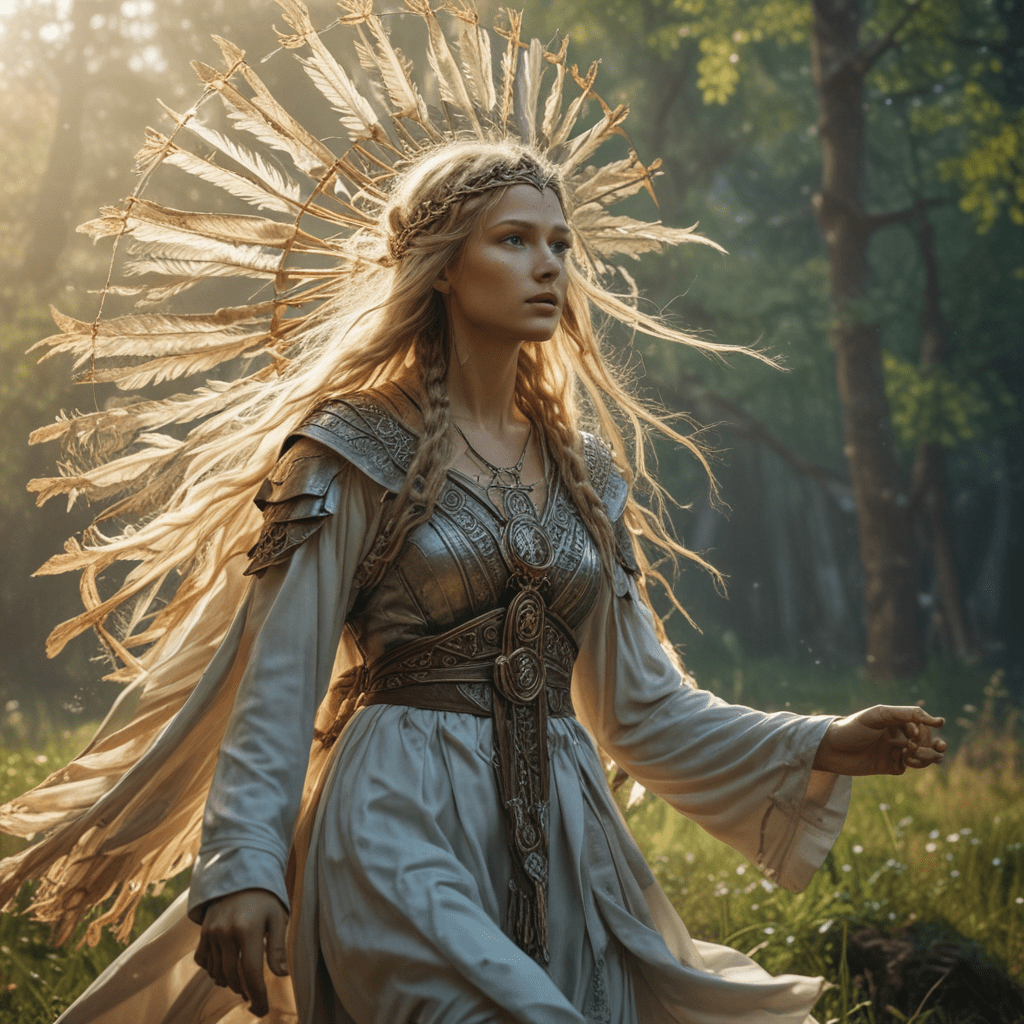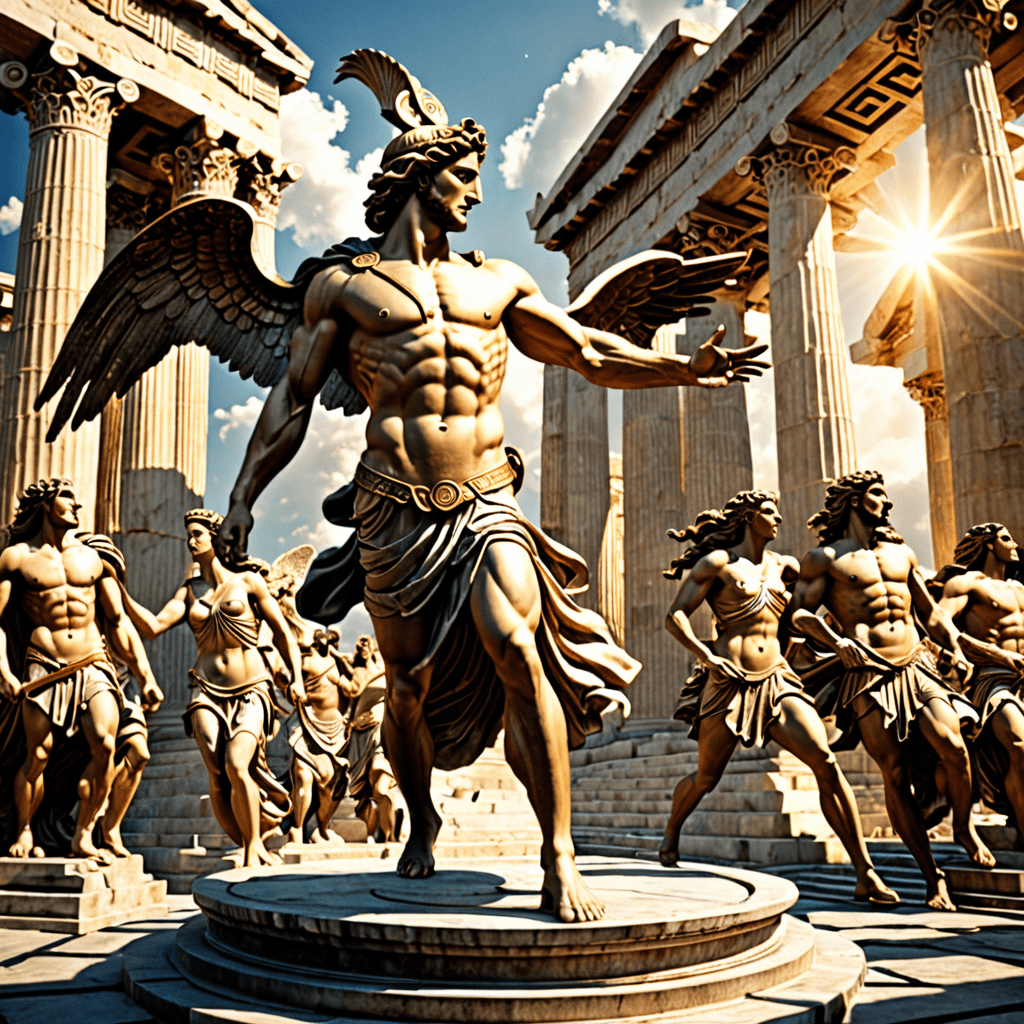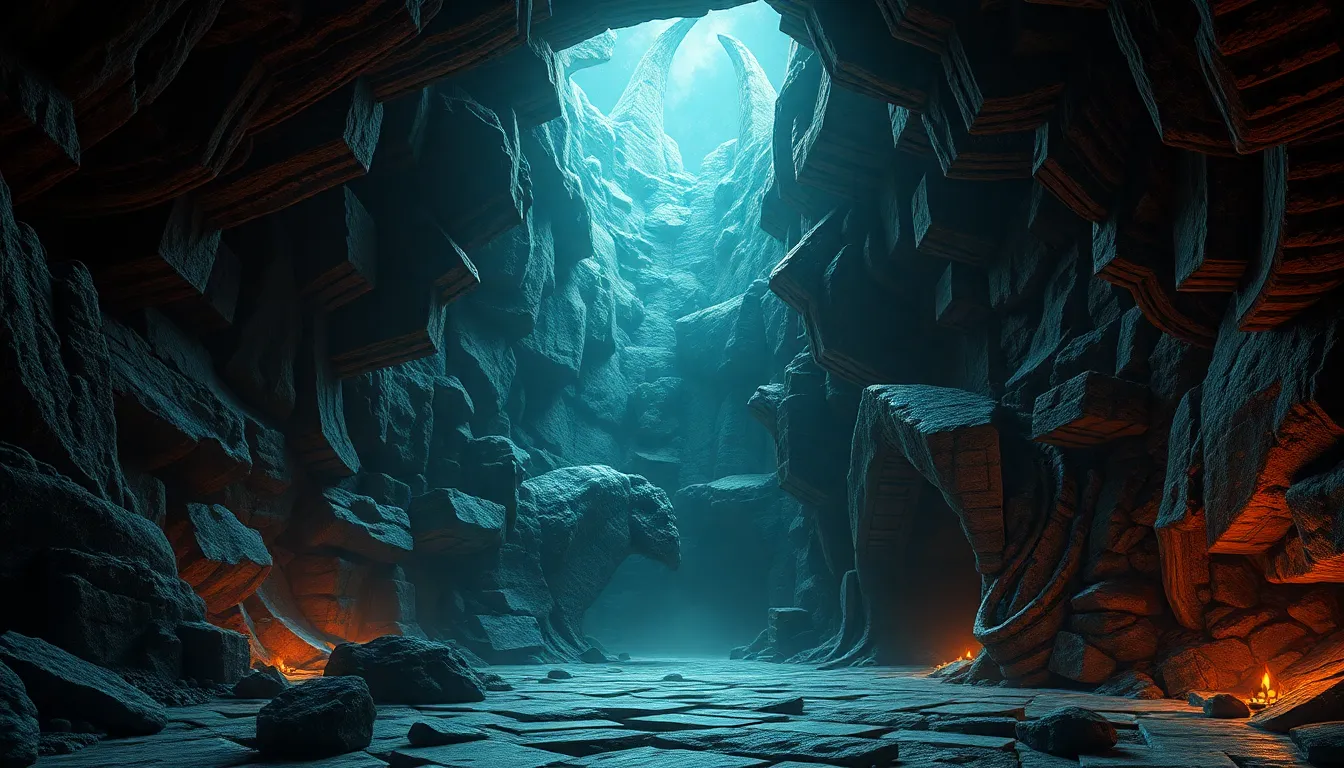Slavic Mythology: Beings of the Wind
I. Introduction
In Slavic mythology, the wind is not merely a force of nature but a realm inhabited by powerful and enigmatic beings. These beings, often referred to as "Wind Spirits," possess unique characteristics, powers, and associations that have played a significant role in Slavic folklore and beliefs.
II. Types of Wind Beings
Slavic mythology encompasses a diverse array of Wind Spirits, each with its distinct features and attributes. Three prominent examples include:
A. Wicher
The Wicher, also known as Wicherz or Wietrnik, is a malevolent spirit that governs the fierce and destructive winds. He is often depicted as a tall, pale figure with unkempt hair and piercing eyes.
B. Południca
The Południca is a female spirit associated with the midday sun and fields. She is often portrayed as a beautiful but deadly woman who protects crops and punishes those who disrespect the land.
C. Wichra
The Wichra, also known as the Wicherka or Wichota, is a mischievous and unpredictable spirit that brings storms and chaos. She is often depicted as a young woman with long, flowing hair and a wild, untamed demeanor.
VI. The Południca
A. Origins and Appearance
Południca is believed to originate from the restless souls of women who died during childbirth or in the fields. She is often depicted as a beautiful yet terrifying figure, with flowing golden hair and a long white dress stained with blood.
B. Protector of Fields and Crops
Południca is revered as the guardian of fields and crops, ensuring their fertility and abundance. She is known to punish those who disrespect the land or harm its inhabitants, such as by stealing or trampling on plants.
C. Harbinger of Misfortune
Despite her protective nature, Południca is also feared as a harbinger of misfortune. Her appearance during midday, especially during haymaking season, is seen as an omen of impending danger or death. Those who encounter her may suffer from heatstroke, illness, or even sudden demise.
VII. The Wichra
A. Characteristics and Powers
Wichra is a powerful and unpredictable spirit, embodying the chaotic and destructive aspects of the wind. She is often described as a wild and untamed young woman with long, flowing hair and eyes that blaze with an otherworldly glow.
B. Role in Storms and Chaos
Wichra is responsible for the creation and control of storms, causing havoc and destruction in her wake. She is said to ride the winds with abandon, howling and laughing as she uproots trees, scatters crops, and wreaks havoc upon the land.
C. Association with Demons
Wichra is sometimes associated with demons or evil spirits, as her chaotic and destructive nature can bring misfortune and disaster. She is often feared and appeased by offerings of food and drink in the hopes of avoiding her wrath.
VIII. Symbolism and Metaphors
A. Wind as a Symbol of Change and Transition
In Slavic mythology, the wind is a powerful symbol of change and transition. It embodies the forces of nature that shape and alter the world, both physically and metaphorically. Wind beings represent the unpredictable and ephemeral nature of life itself.
B. Wind Beings as Representations of Natural Forces
Wind beings personify the various aspects of the wind, from its gentle breezes to its furious tempests. They reflect the cyclical nature of life and death, as the wind carries away the old and gives birth to the new.
C. Metaphors for Life and Death
The Wicher, Południca, and Wichra can be interpreted as metaphors for different stages of life and death. Wicher represents the destructive forces that bring about change and renewal, while Południca symbolizes the protective and nurturing aspects of the cycle. Wichra, with her chaotic and unpredictable nature, embodies the uncertainty and inevitability of death.
IX. Cultural Significance
A. Influence on Slavic Literature and Art
Wind beings have played a significant role in Slavic literature and art, appearing in folk tales, epics, and poetry. They have inspired countless works of art, from paintings and sculptures to musical compositions and theatrical performances.
B. Preservation in Modern Folklore and Legends
Wind beings continue to be preserved in modern folklore and legends, passed down through generations through oral tradition and written accounts. They serve as a reminder of the rich and vibrant mythology that has shaped Slavic culture and identity.
C. Role in Cultural Identity
Wind beings are an integral part of Slavic cultural identity, reflecting the people's deep connection to nature and their belief in the interconnectedness of all things. They represent the complexities of life, the power of the natural world, and the enduring legacy of Slavic mythology.
X. Conclusion
Wind beings in Slavic mythology are enigmatic and powerful creatures that embody the diverse aspects of the wind. They guard the natural world, bring both fortune and misfortune, and symbolize the cyclical nature of life and death. Through their enduring presence in folklore, literature, and art, wind beings continue to captivate and inspire, reminding us of the profound connection between humanity and the forces of nature.
FAQs
Q: Are wind beings in Slavic mythology malevolent?
A: Wind beings can be both malevolent, like Wicher, and benevolent, like Południca. Wichra, with her chaotic and destructive nature, is often associated with evil, while Południca protects fields and crops but also brings misfortune if disrespected.
Q: What is the significance of the wind in Slavic mythology?
A: The wind in Slavic mythology symbolizes change, transition, and the forces of nature that shape the world. Wind beings represent the ephemeral and unpredictable aspects of life, as well as the cyclical nature of life and death.
Q: How are wind beings depicted in Slavic folk tales?
A: Wind beings in Slavic folk tales often appear as anthropomorphic figures, taking on human-like forms. They possess unique powers and abilities, such as the Wicher's control over destructive winds or the Południca's protection of fields.



